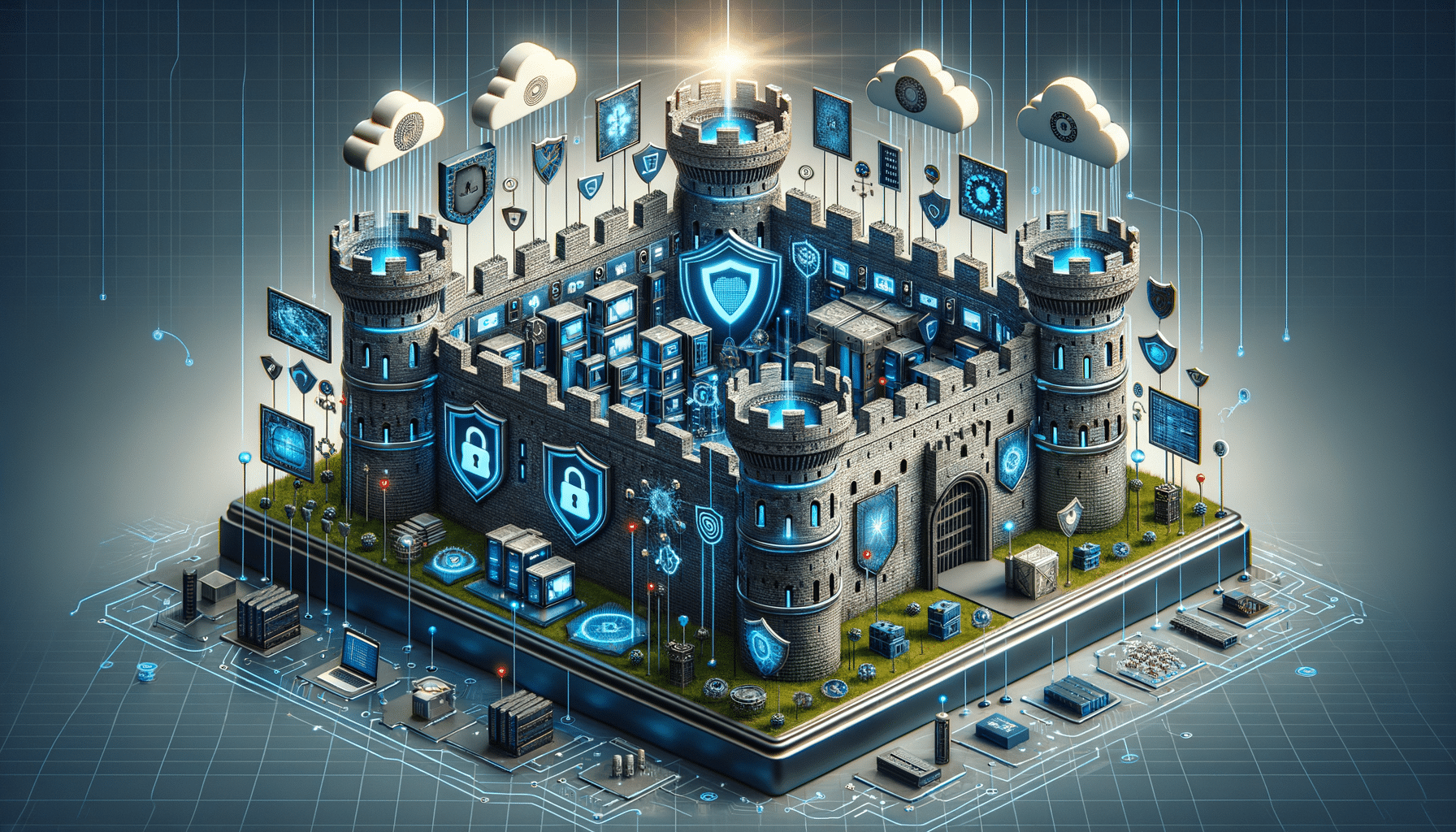
Safeguard Your Data with Advanced Cybersecurity Measures
Understanding Cybersecurity: The Foundation of Digital Safety
In today’s digital age, cybersecurity has become a cornerstone of protecting personal and organizational data. As cyber threats evolve, so must our defenses. At its core, cybersecurity involves a set of practices designed to safeguard networks, devices, and data from unauthorized access and attacks. These practices are crucial for preventing breaches, defending against attacks, and maintaining the security of your systems.
Cybersecurity encompasses several key areas:
- Network Security: Protects the integrity and usability of your network and data.
- Application Security: Focuses on keeping software and devices free from threats.
- Information Security: Protects the integrity and privacy of data, both in storage and transit.
- Operational Security: Includes processes and decisions for handling and protecting data assets.
Understanding these components helps in building a robust defense against cyber threats. As the digital landscape grows, so does the sophistication of cyber attacks, making cybersecurity a crucial aspect of modern life.
Common Cyber Threats and Their Impact
Cyber threats come in various forms, each with the potential to cause significant damage. Recognizing these threats is the first step in defending against them. Some common cyber threats include:
- Malware: Malicious software designed to harm or exploit any programmable device, service, or network.
- Phishing: Deceptive attempts to obtain sensitive information by disguising as a trustworthy entity in electronic communications.
- Ransomware: A type of malware that threatens to publish the victim’s data or block access to it unless a ransom is paid.
- Denial-of-Service (DoS) Attacks: Attacks that aim to make a machine or network resource unavailable to its intended users.
The impact of these threats can range from minor disruptions to significant financial losses and reputational damage. Businesses and individuals alike must stay informed and vigilant to protect their data and systems effectively.
Implementing Effective Cybersecurity Measures
Implementing robust cybersecurity measures is essential for protecting sensitive data and maintaining system integrity. Here are some strategies to enhance cybersecurity:
- Regular Software Updates: Keeping software up to date ensures that security patches are applied, reducing vulnerabilities.
- Strong Password Policies: Encouraging the use of complex passwords and regular password changes can prevent unauthorized access.
- Data Encryption: Encrypting sensitive data protects it from unauthorized access, even if it is intercepted.
- Employee Training: Educating employees about cybersecurity best practices helps prevent human error, a common cause of data breaches.
By adopting these measures, organizations can significantly reduce the risk of cyber attacks and protect their valuable data assets.
The Role of Technology in Cybersecurity
Technology plays a pivotal role in enhancing cybersecurity. Advanced tools and technologies can detect, prevent, and respond to cyber threats more effectively. Some key technologies include:
- Firewalls: Act as a barrier between trusted and untrusted networks, filtering traffic to prevent unauthorized access.
- Intrusion Detection Systems (IDS): Monitor network traffic for suspicious activity and potential threats.
- Artificial Intelligence (AI): AI-powered systems can analyze vast amounts of data to identify patterns and detect anomalies indicative of a cyber threat.
- Blockchain Technology: Provides a secure way to record transactions and manage data, reducing the risk of tampering.
By leveraging these technologies, organizations can enhance their cybersecurity posture and better protect against evolving threats.
Future Trends in Cybersecurity
As technology continues to advance, so too will the landscape of cybersecurity. Future trends are expected to include:
- Increased Use of AI and Machine Learning: These technologies will play a larger role in threat detection and response.
- Greater Emphasis on Privacy: With data breaches becoming more common, there will be a stronger focus on protecting personal information.
- Expansion of IoT Security: As the Internet of Things (IoT) grows, so will the need for securing connected devices.
- Evolution of Cyber Threats: Cybercriminals will continue to develop more sophisticated methods of attack, requiring constant adaptation and innovation in cybersecurity strategies.
Staying informed about these trends will be crucial for individuals and organizations to remain resilient against future cyber threats.


